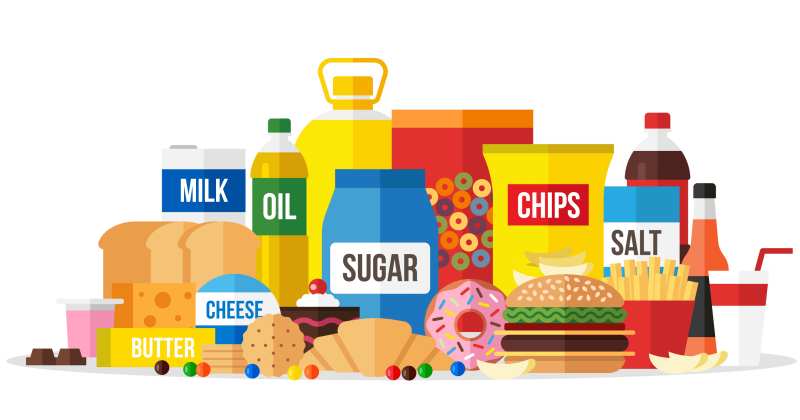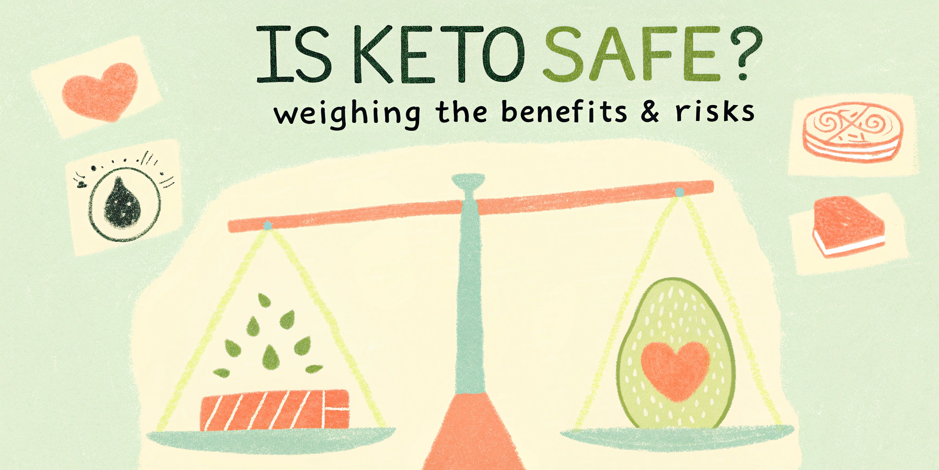
The ketogenic diet (keto) has gained widespread attention for its weight loss benefits, blood sugar control, and potential for improving metabolic health. However, concerns remain regarding its long-term safety, potential risks, and sustainability. This article explores the scientific evidence behind the keto diet’s safety, highlights possible side effects, and provides practical strategies to mitigate risks while following a keto lifestyle.
1. The Benefits and Risks of the Keto Diet
The keto diet is a high-fat, low-carb eating plan that shifts the body into ketosis, where fat is burned for energy instead of carbohydrates. While it offers several proven health benefits, some concerns about nutrient deficiencies, heart health, and digestive issues must be addressed.
Key Benefits of Keto:
- Effective weight loss by increasing fat burning and reducing appetite
- Better blood sugar control and improved insulin sensitivity
- Increased mental clarity and sustained energy levels
- Higher HDL (good cholesterol) and lower triglycerides
Potential Risks:
- Micronutrient deficiencies due to restricted food choices
- Keto flu symptoms from electrolyte imbalances
- Potential increases in LDL (bad cholesterol) in some individuals
- Digestive issues, such as constipation and bloating (Harvard Health)
2. Nutrient Deficiencies on the Keto Diet
Since the keto diet restricts fruits, legumes, and whole grains, individuals may experience micronutrient deficiencies over time.
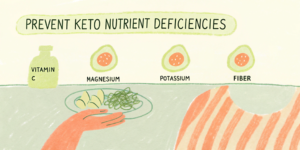
Common Deficiencies on Keto:
- Vitamin C (essential for immune function and skin health)
- Magnesium (important for muscle and nerve function)
- Potassium and Sodium (necessary for electrolyte balance)
- Fiber (crucial for digestion and gut health)
How to Prevent Nutrient Deficiencies:
- Incorporate nutrient-dense keto foods like spinach, kale, avocados, and almonds.
- Take electrolyte supplements (magnesium, potassium, sodium) to prevent imbalances.
- Increase fiber intake with flaxseeds, chia seeds, and non-starchy vegetables (University of Chicago Medicine).
3. Keto Flu: Causes and Prevention
When first switching to keto, many experience flu-like symptoms due to a sudden drop in carbohydrate intake and electrolyte loss.

Common Symptoms of Keto Flu:
- Fatigue and low energy
- Muscle cramps and headaches
- Nausea and dizziness
- Irritability and brain fog
How to Prevent Keto Flu:
- Stay hydrated by drinking at least 8-10 cups of water daily.
- Increase electrolytes with Himalayan salt, bone broth, and keto-friendly electrolyte supplements.
- Consume healthy fats such as avocados, nuts, and olive oil for sustained energy.
- Gradually reduce carb intake instead of making an abrupt switch (Midland Health).
4. Digestive Issues on Keto and How to Fix Them
Due to the lower fiber intake on keto, some people experience constipation, bloating, or indigestion.
How to Maintain Gut Health on Keto:
- Eat fiber-rich, low-carb vegetables like broccoli, cauliflower, zucchini, and spinach.
- Increase water intake to aid digestion.
- Incorporate probiotic foods such as kimchi, sauerkraut, and Greek yogurt to support gut health.
- Use healthy fats like coconut oil and olive oil to promote smooth digestion (Houston Methodist).
5. Keto and Heart Health: Does It Raise Cholesterol?
The impact of keto on heart health remains a debated topic. While keto increases HDL (good cholesterol) and lowers triglycerides, some individuals may see a rise in LDL (bad cholesterol).
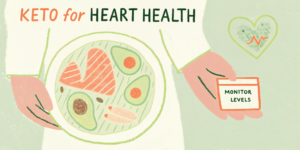
How to Keep Keto Heart-Healthy:
- Choose healthy fats from sources like avocados, olive oil, fatty fish, and nuts.
- Increase omega-3 intake with foods such as salmon, flaxseeds, and walnuts.
- Eat fiber-rich foods to help regulate cholesterol absorption.
- Monitor cholesterol levels regularly and adjust dietary choices as needed (OUP Academic).
6. Long-Term Safety of Keto: Is It Sustainable?
What Does Research Say?
- Short-term studies show keto supports weight loss and metabolic health.
- Long-term risks include possible micronutrient deficiencies, kidney strain, and increased LDL cholesterol.
- Some research suggests prolonged keto may accelerate cellular aging in organs like the heart and kidneys (UT Health San Antonio).
How to Make Keto Sustainable in the Long Term:
- Follow a balanced, whole-food keto approach with plenty of vegetables and healthy fats.
- Cycle in moderate-carb periods to prevent nutrient deficiencies.
- Monitor blood markers regularly and adjust dietary intake accordingly.
Final Verdict: Is the Keto Diet Safe?
- The keto diet is safe for most healthy individuals when properly planned.
- Potential risks can be managed by focusing on nutrient-dense foods and monitoring electrolyte balance.
- Those with preexisting conditions (diabetes, heart disease, kidney issues) should consult a doctor before starting keto.
With a well-structured plan, keto can be a powerful tool for weight loss, metabolic health, and cognitive function while minimizing risks.
References
- NCBI – “Ketogenic Diets and Chronic Disease: Weighing the Benefits Against the Risks.” Read more
- OUP Academic – “Risks of the Ketogenic Diet in CKD – The Con Part.” Read more
- UT Health San Antonio – “Long-Term Keto and Aging Cells Study.” Read more
- Harvard Health – “Should You Try the Keto Diet?” Read more
- University of Chicago Medicine – “Is the Keto Diet Safe?” Read more
- Houston Methodist – “Is Keto Healthy?” Read more

 Animal-Based Foods
Animal-Based Foods 


 Fruits & Vegetables
Fruits & Vegetables 


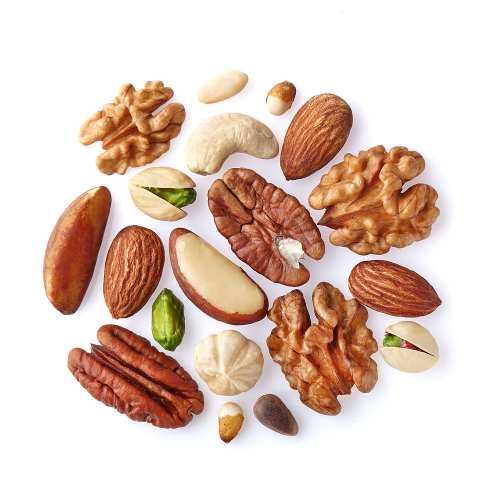 Nuts, Seeds & Grains
Nuts, Seeds & Grains 


 Beverages
Beverages 

 Oils, Sauces & Condiments
Oils, Sauces & Condiments 



 Packaged & Processed Foods
Packaged & Processed Foods 

